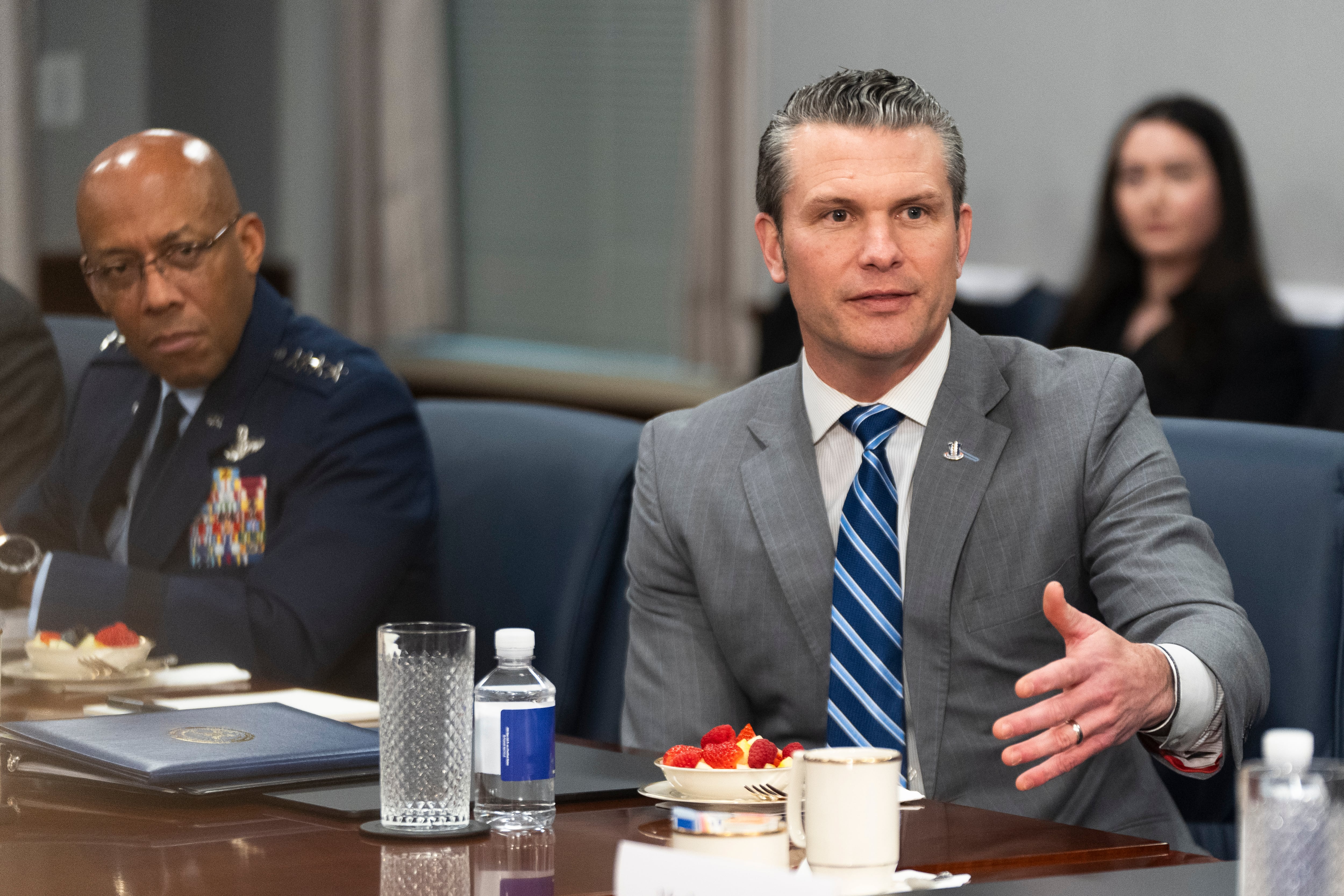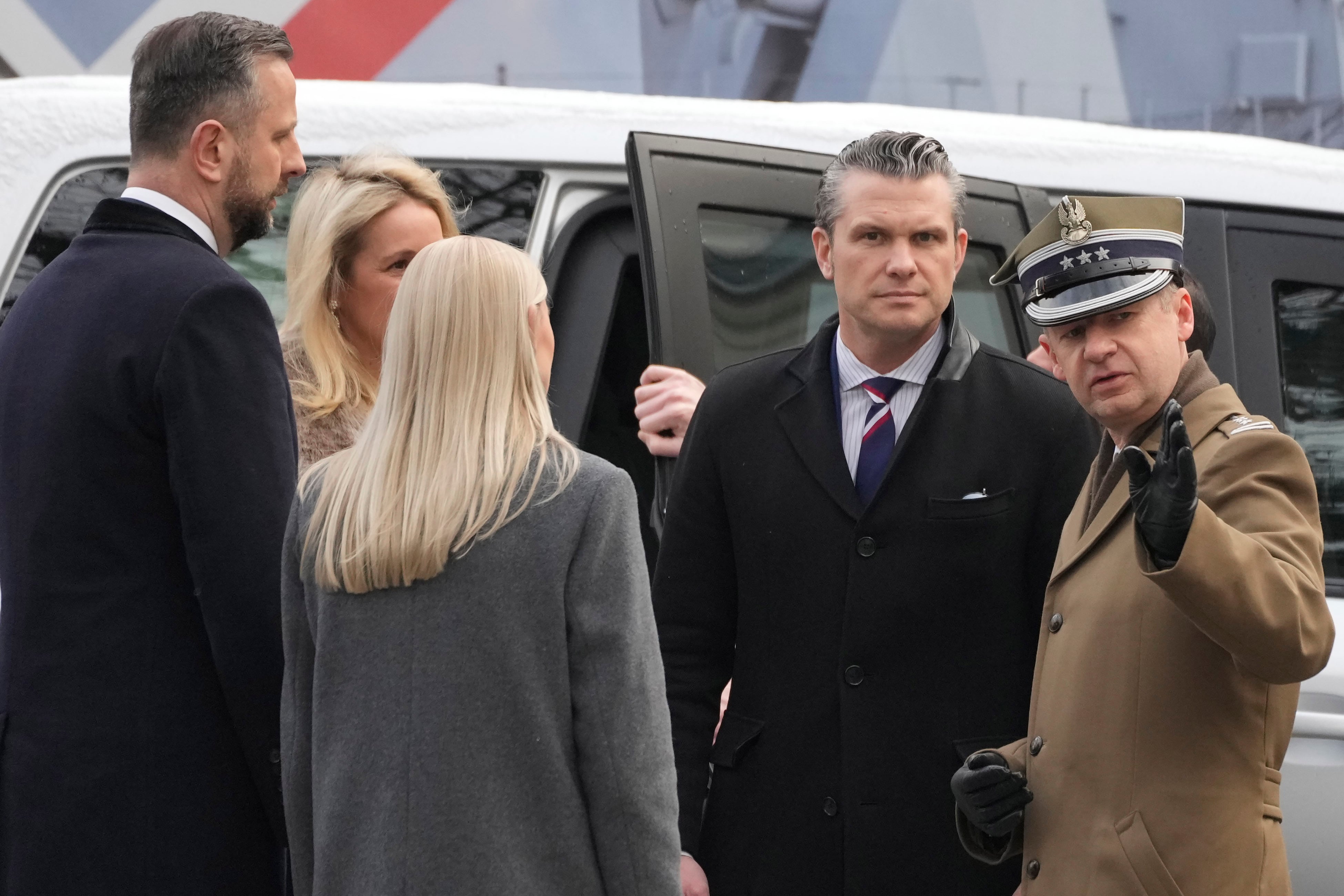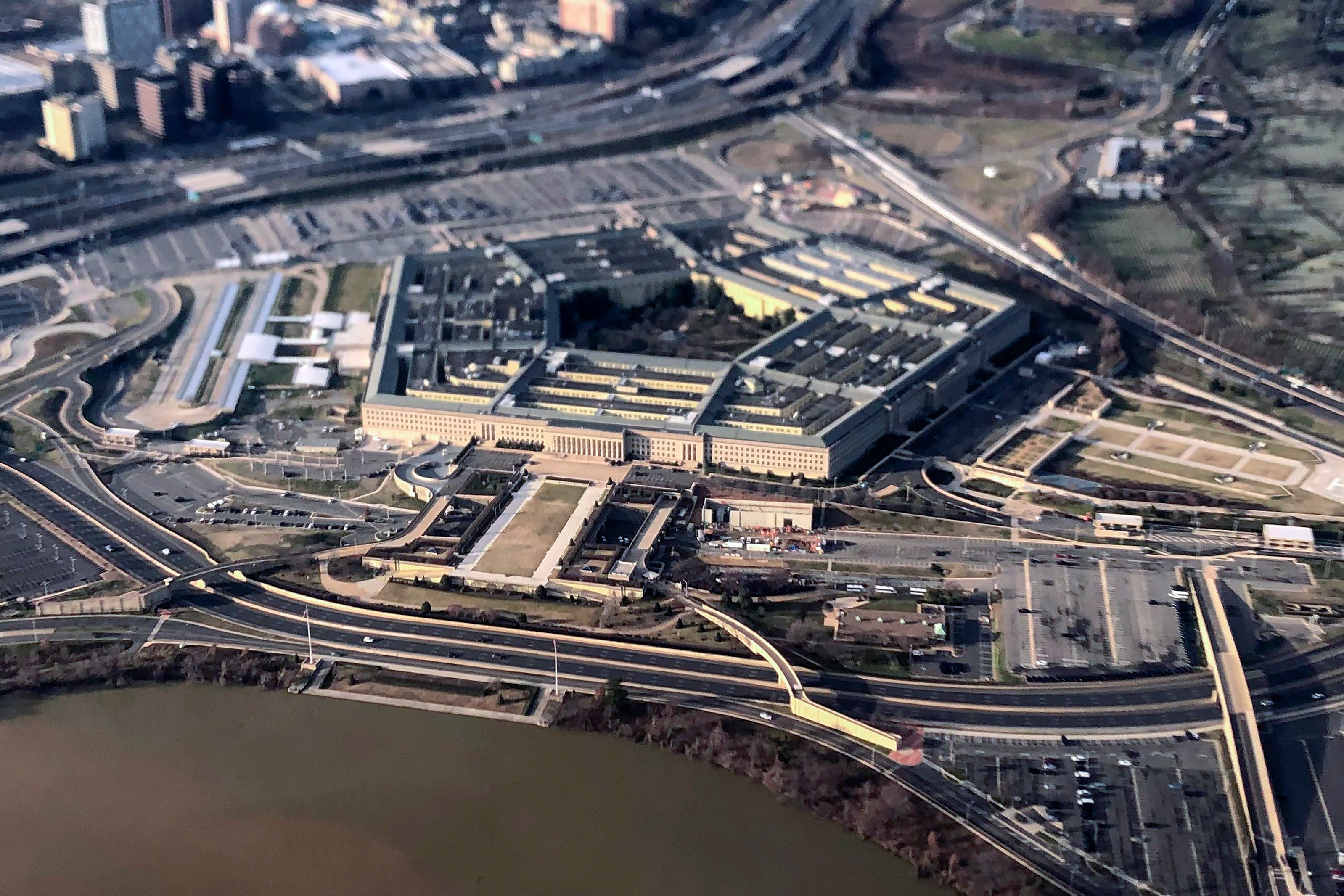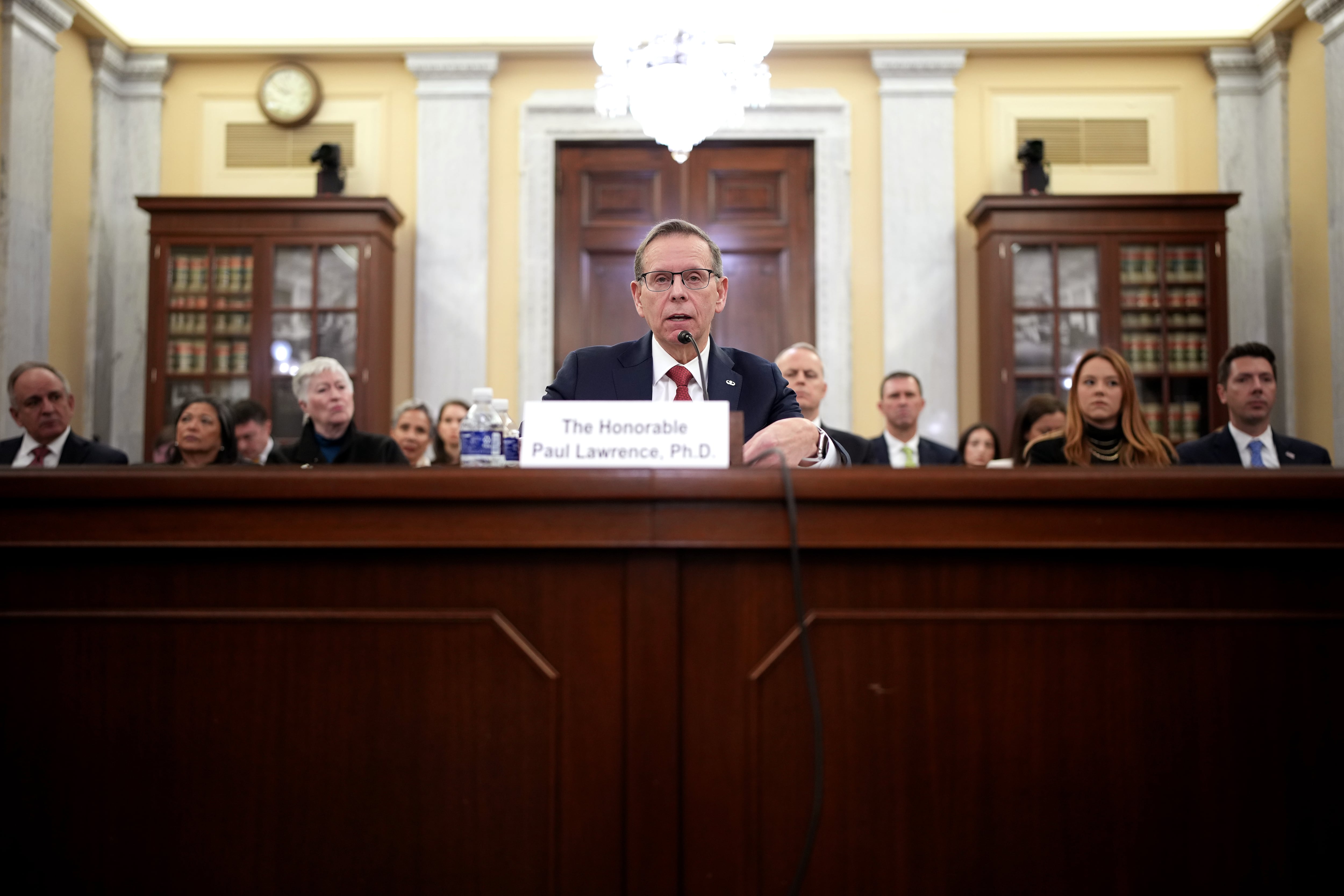"Our goal is to get to two-thirds of our formations ready at any time," said Army Vice Chief of Staff Gen. Daniel Allyn. "We've got a long way to go to get from 31 percent to two-thirds."
In the last 18 months, the Army went from having just 10 percent of its formations ready and trained to 31 percent today, Allyn said as he spoke at the Association of the United States Army Institute of Land Warfare breakfast.
"Readiness is a high priority in our Army," he said.
But with just 31 percent of units ready and trained, "we know that's not enough as we get smaller," Allyn said.
The Army is scheduled to reach an end-strength of 490,000 by Sept. 30, the end of this fiscal year – that's an 80,000-soldier reduction in just five years. The Army is expected to shrink even more after that, for a projected end-strength of 450,000 by fiscal year 2018.
"The bill payer in the past two years to maintain the appropriate balance to have ready forces at a moment's notice is our modernization," Allyn said. "We do that at our peril, certainly in the near term."
Taking a page from its Aviation Restructuring Initiative, which includes cutting the OH-58 Kiowa Warrior from the Army's inventory, the service continues to work "very diligently across our Army staff to identify candidates for divestiture so we can focus on what limited modernization we have," Allyn said.
At the same time, "we're looking across our portfolios, starting with our combat vehicle modernization effort, to make sure we get the most important capabilities the fastest," he said.
"Clearly, all of this focus is put at risk in October if sequestration effects are allowed to return to the force," he said. "While we are cautiously optimistic there are a number of workarounds being discussed in Congress … every time we take from one entity to lift another, it creates a gap, a gap for which we have no backfill."
The nation is in danger of repeating the mistakes it made in Korea with Task Force Smith, Allyn said.
The men of Task Force Smith were the first American ground troops to fight the enemy in the Korean War. The ill-fated task force, named after their commander Lt. Col. Charles Smith, was undermanned and under-equipped, and the soldiers were quickly overrun by the larger North Korean force.
"It just struck me that 65 years later, here we are again, in exactly the same decision space that Task Force Smith was the unfortunate recipient of when they were called to deploy into the Republic of Korea from Japan," Allyn said. "We had an Army that had been faced with about five years of insufficient resourcing post-World War II. We had an Army whose modernization efforts were seen as unimportant compared to the needs to grow the nuclear force, grow the strategic airlift force and grow the aircraft carrier."
As a result, the nation deployed soldiers who were unprepared for the enemy they were about to face, Allyn said.
"We very quickly decided we would allow our soldiers to fight a fair fight, something we have committed never to allow on the battlefield," he said. "But as we look at the resourcing environment today, when the bill payer for better nuclear capability, more air power, is a smaller Army, it is dangerously reminiscent."
Readiness is a key component to the Army's effort to avoid a fair fight, as is leader development, Allyn said.
"So that no matter what situation our forces are called upon to face, not only would our forces be well trained, they would be well led," he said.
Equipping is another challenge facing the Army in today's fiscal environment, Allyn said.
"We are in a tough balancing act right now to ensure that we equip our soldiers and our units with the best possible capability to retain that edge," he said. "This is the consummate challenge we face every day. How do you modernize all of your capabilities to field the best possible joint force to meet the needs of the nation? That, I'm sure, will be a topic of great discussion for us for several months as we go forward."
The world remains a dangerous place, increasingly unpredictable and unstable, Allyn said.
"Certainly, we can't predict the future," he said. "But I think if the past decade is an indicator, we are in for increased instability, and we must have trained and ready joint forces that can respond."
Michelle Tan is the editor of Army Times and Air Force Times. She has covered the military for Military Times since 2005, and has embedded with U.S. troops in Iraq, Afghanistan, Kuwait, Haiti, Gabon and the Horn of Africa.





